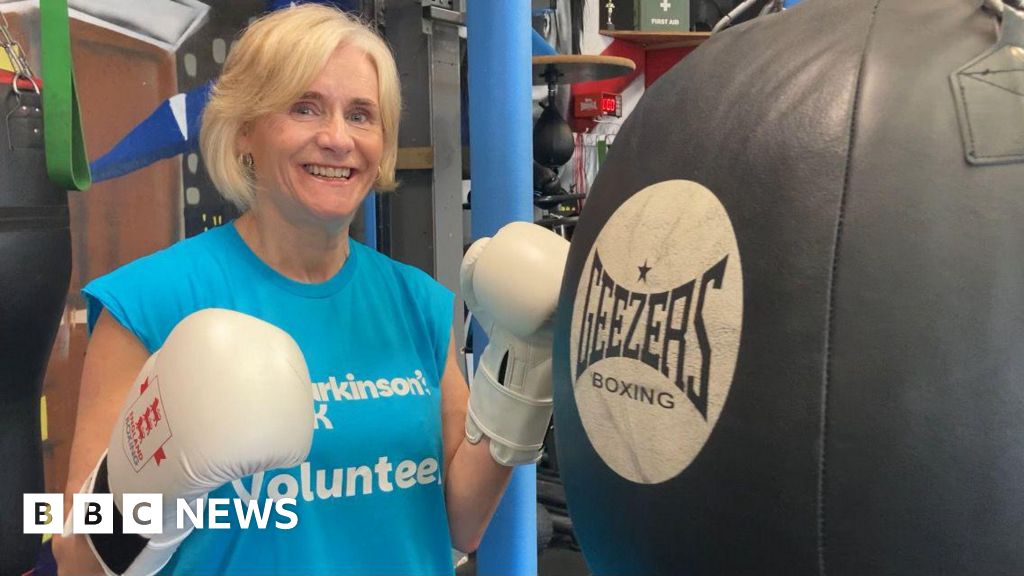This new AI just might make online shopping fun again
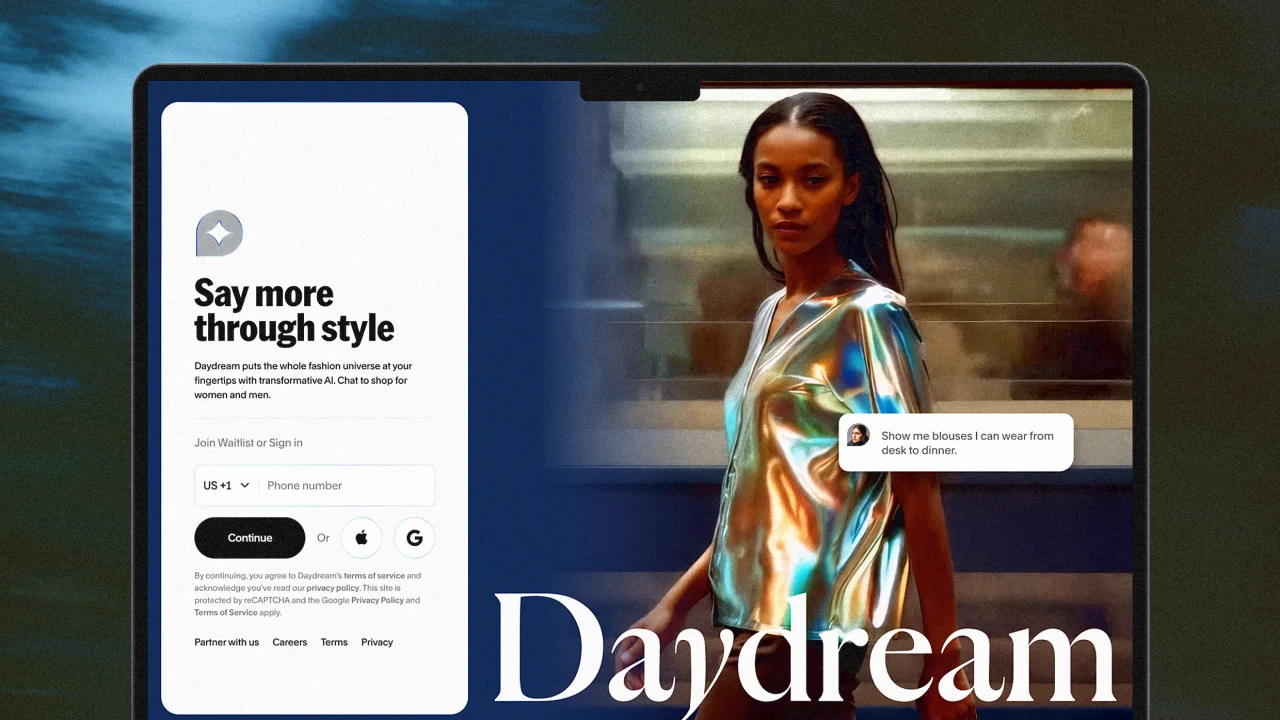
Let’s face it. Shopping for clothes online is a drag. The online shopping experience hasn’t changed much since Amazon started selling books online three decades ago.
If you’re searching for a new blazer or dress, you’ll type keywords into Google or a retailer’s search bar, then scan through rows of inventory. Often, the first results you’ll see will be posts sponsored by brands, rather than results tailored to your needs. But even though shopping for fashion on the internet is laborious and clunky, it is now the status quo: Some 48% of all fashion retail sales worldwide happen on e-commerce, equivalent to $883.1 billion in revenue.
Retail veteran Julie Bornstein, who helped build e-commerce platforms for Sephora and Stitch Fix, wants to transform the way you shop online. Today, she launches a new platform called Daydream, an AI-powered chat-based shopping agent devoted specifically to fashion. Daydream’s founding team brings together executives who previously worked at Google, Microsoft, Meta, Amazon, Farfetch, and other tech firms. It raised $50 million in seed funding from Forerunner Ventures, Index Ventures, Tre Ventures, and Google Ventures.

To use Daydream, you take a short quiz to ensure that the agent tailors results to your taste and sizing. Then, you can engage with the AI agent like you might with a human stylist, asking questions and providing specifics about what you’re looking for: “I need a new dress for a holiday in Barcelona,” or “Can you find me heels for a board meeting that are comfortable enough so I can walk to work?” The platform will deliver results from an inventory of 2 million immediately available products from 8,000 brands, including Balenciaga, Nike, Khaite, Mytheresa, Uniqlo, and Dôen. These brands pay Daydream a commission when a customer buys a product, which allows the platform to remain free to users.
Like all AI models, Daydream is designed to keep learning as more users engage with it, both by understanding broad trends across the population as well as how to tailor products to an individual’s shopping habits. In some ways, the most exciting possibilities are just around the corner. “We’re already thinking about what we can do with this technology,” says Bornstein. “Imagine an agent that already knows every single item in your closet and can suggest items that can pair with what you already own.”
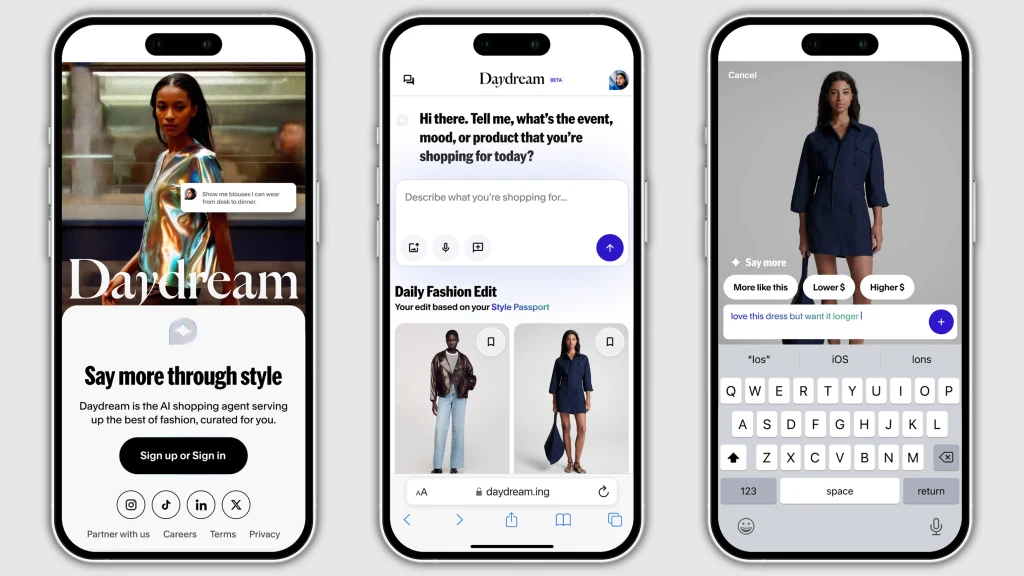
Taking the Pain Out of Online Shopping
Bornstein has spent her career trying to perfect the art of e-commerce. In the early 2000s, she helped retailers like Nordstrom and Urban Outfitters build their nascent online websites. She led Sephora’s digital efforts before serving as COO of Stitch Fix, an online styling service that famously used a Netflix-like algorithm to identify the outfits its consumers might want.
In 2018, she decided to strike out on her own. She launched an app called The Yes that was designed to foster inspiration and discovery—something she felt was missing on most e-commerce sites that rely on consumers to search for and articulate what they want. The Yes created a social-media-like feed, where you could connect with friends and be served interesting products you might not have found on your own. Four years later, Pinterest acquired it for an undisclosed sum.
Over the past few years, however, generative AI has loomed over the tech world. In 2023, Bornstein began working on Daydream, considering how AI could transform the shopping experience. “It was clear to me that when ChatGPT launched, it would open up a whole new set of possibilities,” she says.
Current AI agents like ChatGPT aren’t tailored to shopping for clothing, though. If you ask the platform to help you look for a dress for a romantic dinner in Montreal in mid-July, it will scour the internet for options, but it has no way of identifying quality. Within a given price point, it will pull from no-name labels on Amazon and random brands known for making knockoffs. When it comes to taste and styling, ChatGPT has no sense of curation. It pulls from every blog, retail website, and influencer.
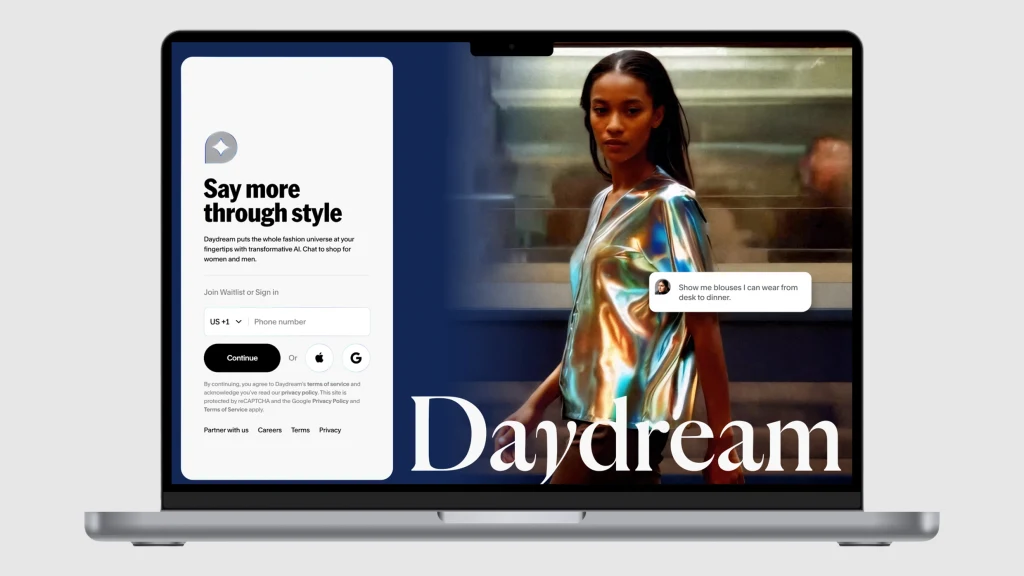
“ChatGPT is like a jack-of-all-trades, and it can respond to questions about clothing,” says Kirsten Green, founder of Forerunner Ventures, one of Daydream’s investors. “But at some point, you need some expertise to ensure that an AI is giving you really helpful results, whether it relates to fashion or biotech.”
Bornstein wanted to create an AI that had a more sophisticated sense of what consumers are looking for in terms of fashion and styling. For one thing, Daydream partners with 8,000 brands and has analyzed upwards of 2 million products. Further, Daydream’s developers have brought nuance to the search process, helping the AI distinguish between high-end brands like Balenciaga and Chloé, versus mass-market brands like Uniqlo.
Also, with the help of developers, Daydream analyzes details like silhouette, fabric, and drape in a way that is more specific than general AI platforms. It incorporates information about sizing and fit based on reviews and data about the brand, so recommendations can be fully customized to the user. “We have been looking at images of clothing to identify both its objective and subjective attributes,” Bornstein says. “You need to be able to synthesize all of this information and make sure it is standardized.”
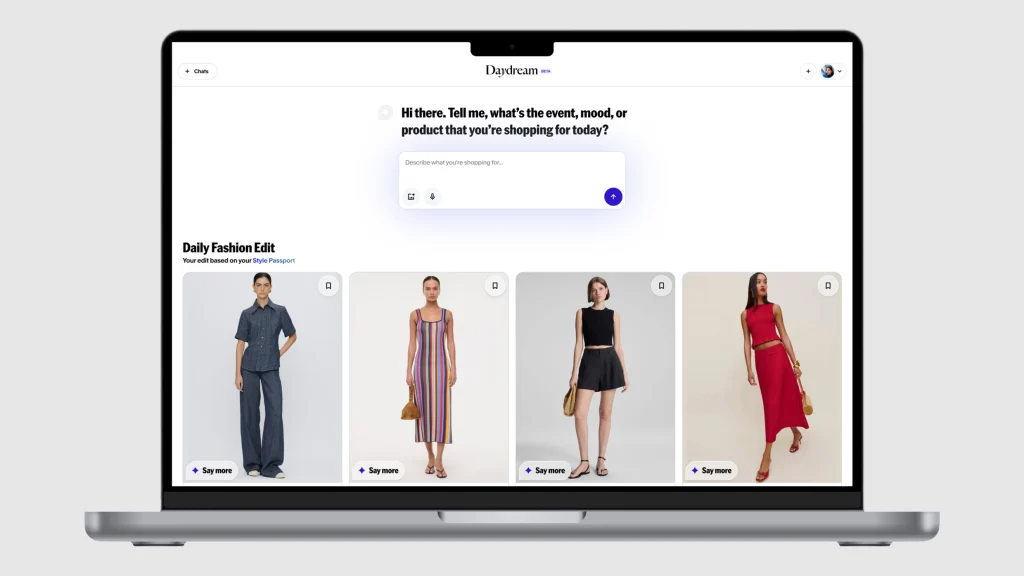
Green notes that none of this is easy. “This is the power of leveraging training models, understanding the details of product categories that have a lot of minute descriptors, understanding how to read images,” she says.
The result is an AI agent that approximates a human stylist. Bornstein promises that Daydream will better understand the nuances of customers’ questions, offering more expertise around trends and personal taste. This means that two people might ask the same question and receive different results. It will pull from well-known brands, tailoring results to your budget. As you click on items you like, the AI will refine options. You can also pick one item, such as a blue dress, and say that you like the silhouette but would prefer it in red. It’s also possible to upload an image of a dress you like and find similar options.
Bornstein points out that some consumers like being able to have lots of choices, whereas others find that prospect overwhelming. Daydream’s AI can adapt to either approach. “Some people will just want the five best options for a particular dress or blazer,” she says. “Daydream can do this too.”

The Future of Fashion
For Bornstein, launching Daydream is just the first step in her vision of transforming online clothes shopping. For one thing, AI will allow an unprecedented level of customization, tailoring results to each user’s individual tastes, budget, and body shape.
In the near future, Bornstein imagines a technology that already knows everything that’s in your closet. Imagine Cher’s closet from Clueless, which came with a computer that identified each piece of clothing and could coordinate looks. This isn’t so far away, Bornstein says. “We’re already thinking about how we could identify what is already in your closet, by looking at your credit card statements or your shopping history with a retailer,” she says. “Or you could imagine an AI tool that would quickly scan your closet with a camera and identify every item.”
A technology like this could serve as a useful tool for helping people get dressed in the morning by suggesting what to wear given their plans for the day and the weather. It could also integrate into a broader shopping platform, like Daydream, allowing the AI to get a sense of a user’s aesthetic and size before recommending items that fit into their existing wardrobe. “Sometimes there’s a pair of shorts you might have that you would get so much more use out of if you just had the right top,” Bornstein notes as an example. “This would allow us to suggest items that someone really needs and doesn’t just double up on something else they already have.”
It’s clear that a transformation is around the corner, as people increasingly incorporate AI into their lives. Green says she’s heard from many retailers whose search box is becoming useless because customers are treating it like an AI agent and asking it natural language questions, rather than typing in keywords. “Really great startups sometimes struggle because customers aren’t ready for the technology,” she says. “This isn’t the case here. I think we’re all ready for something better than a search bar.”
What's Your Reaction?
 Like
0
Like
0
 Dislike
0
Dislike
0
 Love
0
Love
0
 Funny
0
Funny
0
 Angry
0
Angry
0
 Sad
0
Sad
0
 Wow
0
Wow
0















































